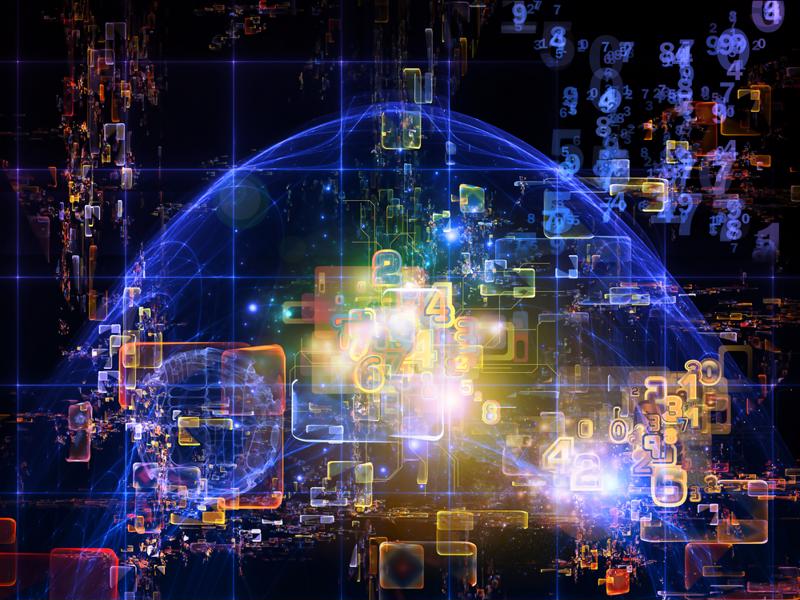When the Internet started gaining prevalence in the workplace two decades ago, it would have been hard for most users to imagine how big a role it would end up playing in business. From our almost non-stop use of Wi-Fi to the growing list of smart devices that are able to connect to Wi-Fi networks, the Internet is changing the way end users interact with devices to accomplish tasks. The next step in the evolution of the Internet, however, is changing the way devices interact with one another.
The Internet of Things is creating a vast web of machines that are able to communicate and share information with one another, changing the way we use devices and the data they create.
"The Internet of Things revolves around increased machine-to-machine communication; it's built on cloud computing and networks of data-gathering sensors; it's mobile, virtual, and instantaneous connection; and they say it's going to make everything in our lives from streetlights to seaports 'smart,'" explained Wired contributor Daniel Burrus. "The Internet of Things really comes together with the connection of sensors and machines. That is to say, the real value that the Internet of Things creates is at the intersection of gathering data and leveraging it. All the information gathered by all the sensors in the world isn't worth very much if there isn't an infrastructure in place to analyze it in real time."
"By 2020 the number of IoT devices will reach 38.5 billion."
According to a recent study conducted by Juniper Research, the number of devices connected to the IoT is expected to grow dramatically in the next few years. By 2020 the number of IoT devices willreach 38.5 billion, a 285 percent increase from this year. Juniper's report, The Internet of Things: Consumer, Industrial & Public Services 2015-2020, also found that one of the biggest hurdles businesses will have to face due to the massive influx of IoT devices is how to handle the increase in storage space necessary for the newly created data, as well as gathering and analyzing that information.

Breaking health care barriers with the IoT
The IoT is having an impact on practically every industry, but its effects are being felt especially strongly by businesses within the health care sector. The problems associated with data collection, storage and analysis can be especially difficult for medical organizations because of strict security regulations and limited budgets. In order to make the technology behind the IoT work in the most effective way possible for health care companies, industry experts have identified some key elements that need to be addressed by IT administrators.
- First, employees and users need to start adopting an IoT mindset so they will become more comfortable using the technology.
- Second, operability between IT systems needs to be increased, so devices and programs will work seamlessly with one another.
- Third, IT administrators need to think about moving forward and how current technologies will work with and influence future innovations.
The best way to address all of these issues is to implement a cloud-based data management solution. Cloud computing has proven to be the most beneficial way to leverage enterprise data. The IoT already utilizes cloud-based applications to interpret and transmit data coming from all of the sensors on connected devices, so using cloud storage services and other cloud applications to manage the data greatly increases interoperability. Using a cloud environment will also help end users become more comfortable with the technology, as many employees already use the cloud to accomplish a variety of tasks throughout the day and are familiar with the platform. Finally, working with the cloud to store, manage and analyze data being collected from IoT sensors will help health care organizations transition more easily into the future as the cloud can be leveraged for a variety of technologies.
